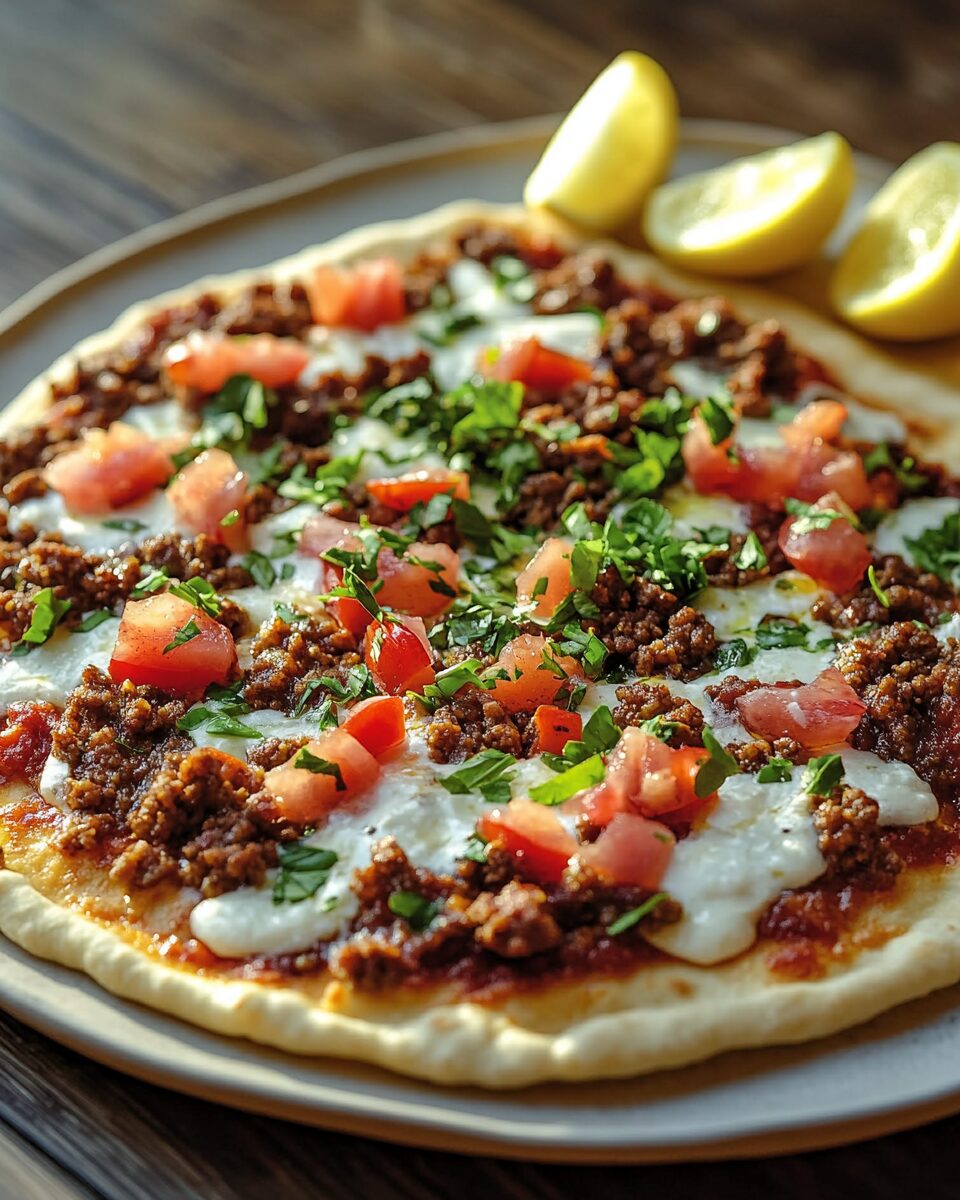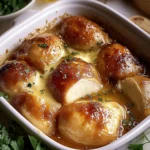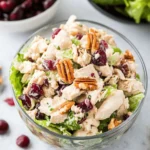The aroma of freshly baked Lahmacun wafting through the kitchen is pure magic. This Turkish classic is much more than just “Turkish pizza”—it’s a beautiful marriage of crisp flatbread and rich, aromatic minced meat topping, laced with warming spices and herbs.
Perfect for lunch, dinner, or sharing at a gathering, Lahmacun is a dish that balances comfort and flair. Serve it rolled up with fresh herbs and a squeeze of lemon for an authentic experience straight from the streets of Istanbul.
Full Recipe:
For the Dough:
-
1 cup warm water (105-115°F)
-
1 teaspoon sugar
-
2 teaspoons active dry yeast
-
2 1/2 cups all-purpose flour (plus more for dusting)
-
1 teaspoon salt
-
2 tablespoons olive oil
For the Topping:
-
1 lb ground lamb or beef (or a mixture)
-
1 medium onion, finely chopped or grated
-
1 green bell pepper, finely chopped
-
2 tomatoes, peeled and finely chopped
-
1/4 cup tomato paste
-
1/4 cup chopped fresh parsley
-
1 tablespoon red pepper flakes (adjust to taste)
-
1 teaspoon paprika
-
1 teaspoon ground cumin
-
1/2 teaspoon allspice
-
1/4 teaspoon cinnamon
-
Salt and black pepper to taste
Optional for Serving:
-
Lemon wedges
-
Fresh parsley or mint
Directions:
-
Prepare the Dough: In a large bowl, mix warm water, sugar, and yeast. Let sit 5–10 minutes until foamy. In another bowl, whisk flour and salt. Combine both mixtures with olive oil, knead on a floured surface for 5–7 minutes. Let rise 1–2 hours until doubled in size.
-
Prepare the Topping: In a large bowl, mix the ground meat with onion, bell pepper, tomatoes, tomato paste, parsley, red pepper flakes, paprika, cumin, allspice, cinnamon, salt, and pepper. Combine thoroughly.
-
Shape and Assemble: Divide risen dough into 6–8 pieces. Roll each into a thin circle, about 8–10 inches wide. Spread a thin, even layer of the meat mixture on each round, leaving a slight border.
-
Bake: Preheat oven to 450°F (230°C). Place lahmacun on parchment-lined baking sheets. Bake for 10–15 minutes, until crust is golden and meat is cooked.
-
Serve: Let cool slightly. Garnish with lemon wedges and fresh herbs. Serve warm.
Prep Time: 20 minutes | Cooking Time: 15 minutes | Total Time: 35 minutes
Kcal: 350 kcal per serving | Servings: 6–8
What is Lahmacun?
Lahmacun (pronounced “lah-mah-JOON”) is a beloved staple of Turkish and Middle Eastern cuisine, often referred to as “Turkish pizza.” Unlike its Western counterpart, Lahmacun features a thin, crispy flatbread topped with a savory mixture of ground meat, finely chopped vegetables, aromatic herbs, and a medley of spices. Once baked, it is typically served with a squeeze of lemon and a handful of fresh herbs, then rolled or folded before eating. The result is a light yet satisfying dish that delivers a perfect balance of spice, texture, and freshness.
This dish is a common sight in homes, restaurants, and street food stalls throughout Turkey and neighboring regions. It’s not just a recipe—it’s part of the cultural fabric, enjoyed in various social settings from family meals to festive gatherings.
The Cultural and Culinary Heritage of Lahmacun
Lahmacun has deep roots in the Levant and Anatolia, where flatbreads have long been a fundamental element of the regional diet. Though often associated with Turkey, variations of Lahmacun can also be found in Armenian, Kurdish, Lebanese, and Syrian cuisines, each offering slight regional nuances in spices, toppings, and preparation methods.
In Turkey, it is especially popular in southeastern regions such as Gaziantep, Urfa, and Mardin—areas known for their bold spices and robust meat dishes. In these locales, Lahmacun is more than food; it’s a ritual. Families gather around large communal trays, enjoying it with ayran (a savory yogurt drink) and fresh salads, underscoring the communal nature of Middle Eastern meals.
Why Lahmacun is Loved Worldwide
In recent years, Lahmacun has gained global popularity, not only for its incredible flavor but also for its versatility and health benefits. The dough is thin, so the dish is relatively low in calories compared to cheesy, thick-crust pizzas. It is high in protein due to the ground meat and provides a dose of fiber and vitamins through the vegetable and herb toppings.
Its simplicity also makes it ideal for modern home cooking. With just a few pantry staples and fresh ingredients, one can recreate this traditional dish without needing complex culinary skills. The balance of crispy dough, juicy meat, and zesty lemon drizzle makes Lahmacun irresistible, even to those trying it for the first time.
Flavor Profile and Customization Options
One of the most appealing aspects of Lahmacun is its highly adaptable flavor profile. The topping mixture traditionally includes a combination of ground lamb or beef, onions, tomatoes, bell peppers, garlic, parsley, and spices such as cumin, paprika, and red pepper flakes. Each component plays a key role: the meat provides richness, the vegetables add moisture and sweetness, while the herbs and spices contribute complexity and warmth.
Depending on regional or personal preferences, additional ingredients like sumac, allspice, or cinnamon can be added to deepen the flavor. Some prefer a spicier version with hot peppers or chili flakes, while others opt for a more herbaceous take with extra parsley, mint, or cilantro.
Another common variation involves making vegetarian Lahmacun, replacing the meat with a mixture of finely chopped mushrooms, zucchini, or lentils. These substitutions retain the savory depth while catering to different dietary needs.
Lahmacun vs. Pizza: What’s the Difference?
While Lahmacun is often called “Turkish pizza,” it’s quite distinct from traditional Italian pizza. For starters, there is no cheese in a traditional Lahmacun—its richness and flavor come entirely from the meat, spices, and vegetables. The dough is also rolled much thinner and is typically not as yeasty or risen as pizza dough.
Lahmacun is baked at high temperatures for a short time, resulting in a crisp texture that’s more like a cracker or flatbread than a bready pizza crust. Additionally, it is typically served rolled or folded, making it more of a hand-held street food than a sit-down fork-and-knife meal.
How Lahmacun is Served
A freshly baked Lahmacun is a blank canvas ready for final touches. Traditionally, it is served hot out of the oven with a few accompaniments that elevate its flavor and texture:
-
Lemon wedges: A squeeze of lemon over the hot Lahmacun adds a bright, tangy contrast to the richness of the meat.
-
Fresh herbs: Parsley, mint, or arugula are often added on top before rolling the bread, providing freshness and a peppery crunch.
-
Onion salad: Some people enjoy it with thinly sliced red onions tossed in sumac and lemon juice, which add sharpness and a touch of acidity.
-
Yogurt-based dips: A spoonful of creamy yogurt or tzatziki complements the heat and spice, especially if you’re using red pepper flakes generously.
Lahmacun is often enjoyed as a meal on its own, but it also works beautifully as part of a mezze spread alongside dishes like hummus, baba ganoush, tabbouleh, or grilled vegetables.
Health Benefits of Lahmacun
Despite its indulgent flavor, Lahmacun can be a healthy choice when made with quality ingredients. Lean ground meat provides high-quality protein while the addition of fresh vegetables boosts the nutritional profile. Using whole wheat flour for the dough can add fiber, and controlling the amount of oil and salt ensures it aligns with a health-conscious diet.
Additionally, Lahmacun is typically lighter than most Western-style pizzas, making it suitable for those watching calorie intake or looking for a lower-fat alternative to fast food.
Advertisement
Tips for Perfect Lahmacun Every Time
-
Use fresh spices and herbs: Freshly ground cumin or paprika will always yield more vibrant flavor than older pantry stock.
-
Get the dough thin: The dough should be rolled out very thin—almost like a tortilla—to ensure a crispy base that doesn’t overpower the topping.
-
Avoid overloading: Spread a thin, even layer of the topping. Too much moisture from vegetables or meat can result in a soggy crust.
-
Bake on a hot surface: Use a preheated baking stone or steel to mimic a traditional stone oven, which helps achieve that authentic crisp texture.
-
Let it rest briefly: While it’s best served hot, allowing Lahmacun to sit for 2-3 minutes after baking helps the flavors meld.
Fun Serving Ideas
-
Party Platter: Cut Lahmacun into quarters and serve with small bowls of different toppings and sauces for a DIY flatbread bar.
-
Lunch Wrap: Roll it up with lettuce, cucumber, and yogurt for a Middle Eastern-inspired wrap.
-
Brunch Side: Serve mini Lahmacuns alongside eggs, olives, and cheese for a Turkish-style breakfast spread.
Lahmacun in Modern Cuisine
Chefs around the world have begun incorporating Lahmacun into fusion cuisine, using non-traditional toppings like pulled chicken, feta cheese, or even seafood. It’s also popular as a vegan or vegetarian offering at plant-based eateries, with roasted cauliflower or spiced lentils replacing the meat.
Its portability and crowd-pleasing nature make it ideal for food trucks, catering menus, and street food festivals, where it continues to capture hearts and appetites.
Conclusion
Lahmacun is far more than just a quick meal or novelty food. It’s a cherished dish with centuries of history, brimming with cultural significance and culinary depth. Its satisfying combination of crispy dough, savory meat, fragrant spices, and fresh garnishes makes it both comforting and exciting—perfect for a weekday dinner, family feast, or even a social gathering.
Whether you’re discovering it for the first time or returning to a nostalgic favorite, Lahmacun offers a delicious gateway into Turkish and Middle Eastern cuisine. Its simplicity, versatility, and bold flavors ensure it remains a timeless classic that anyone can enjoy.






